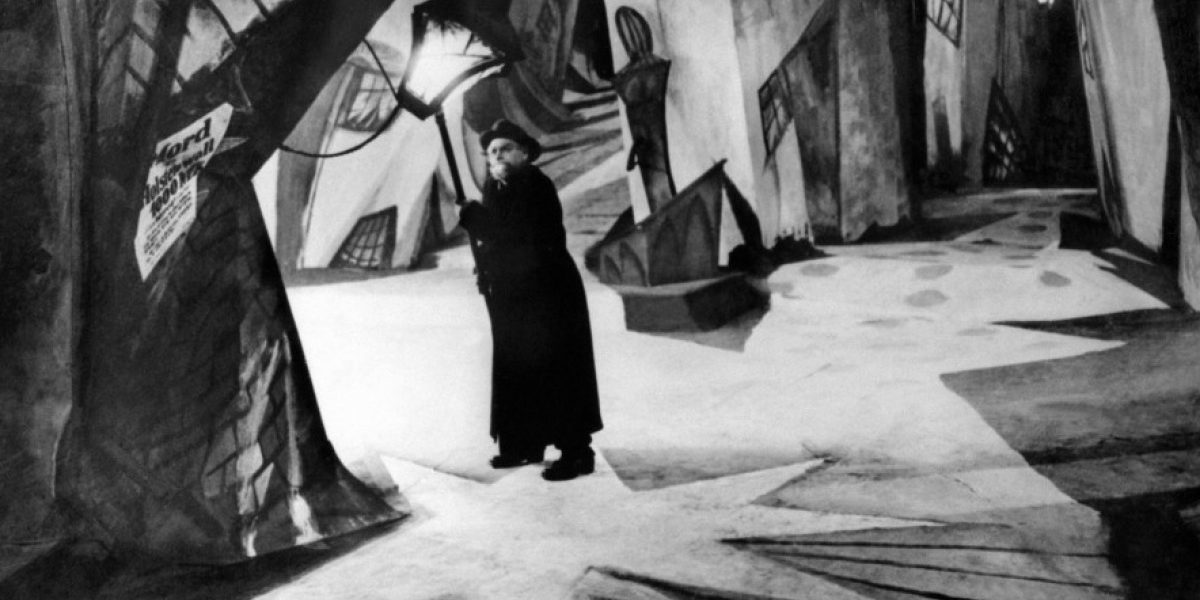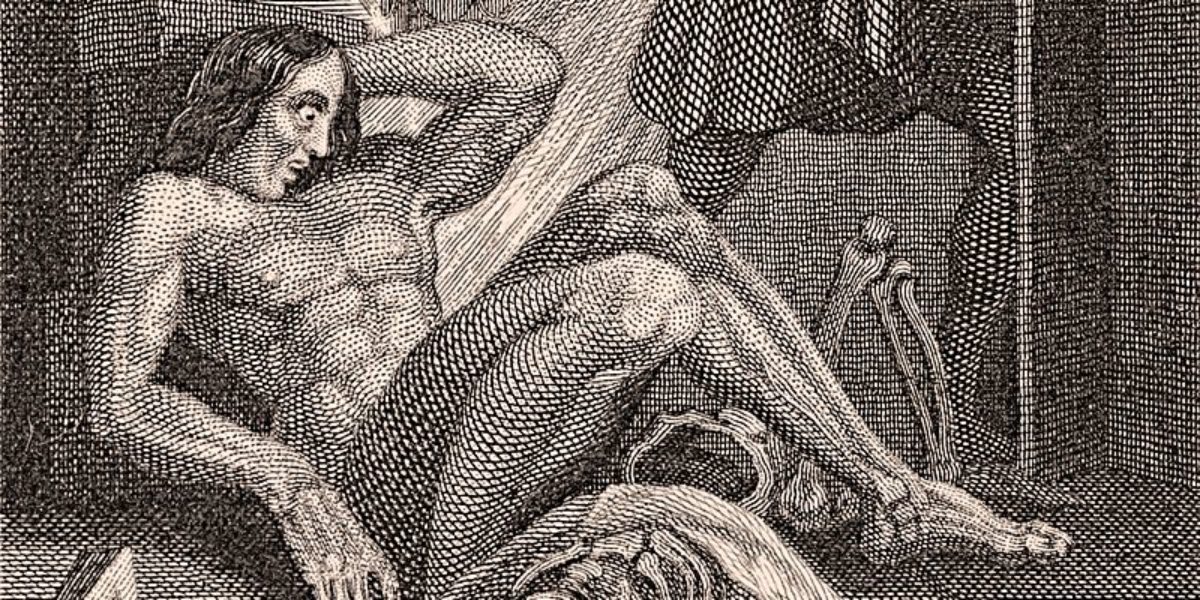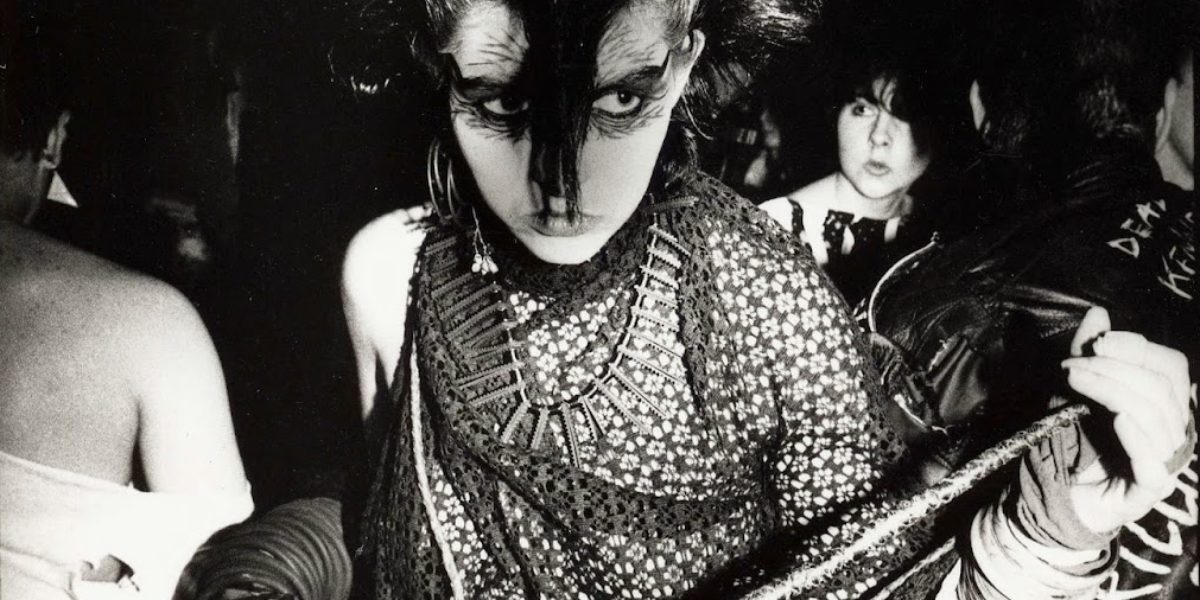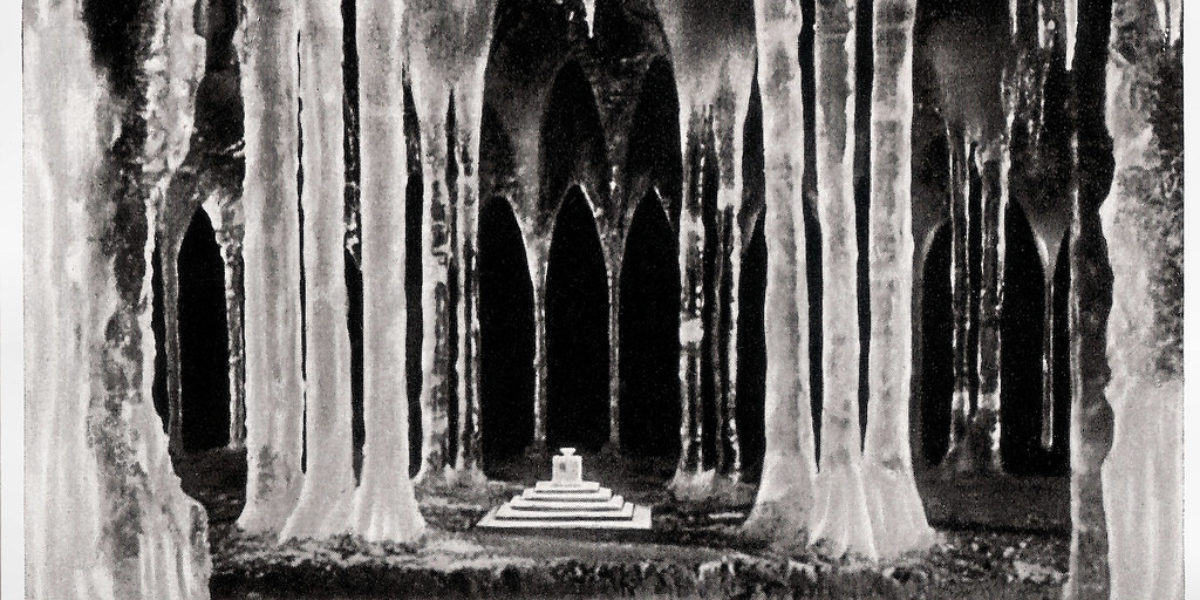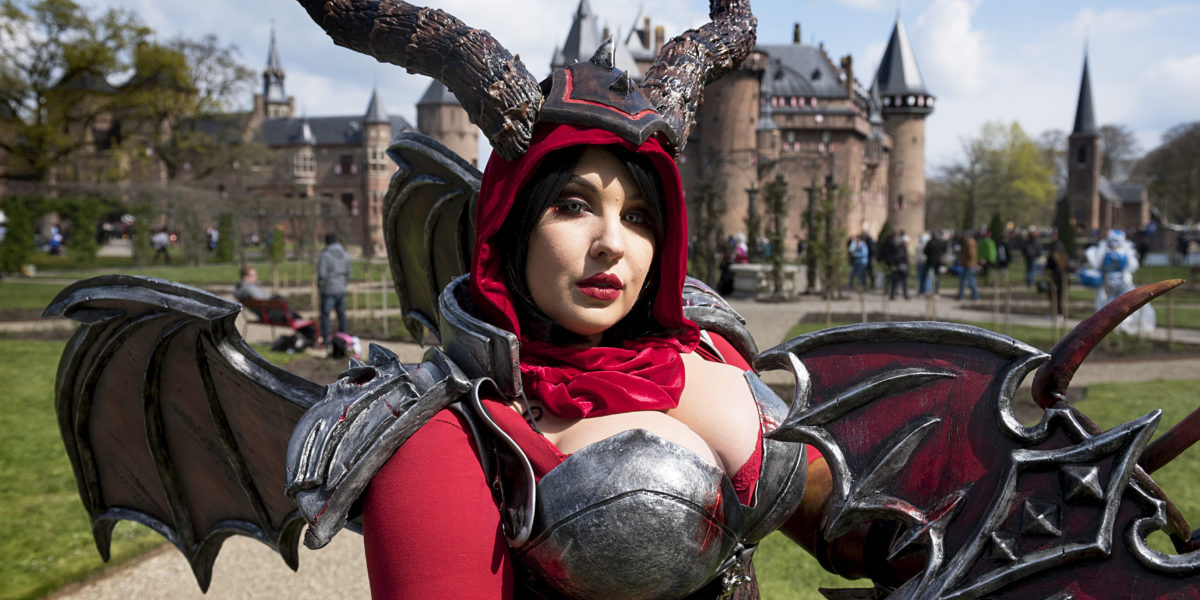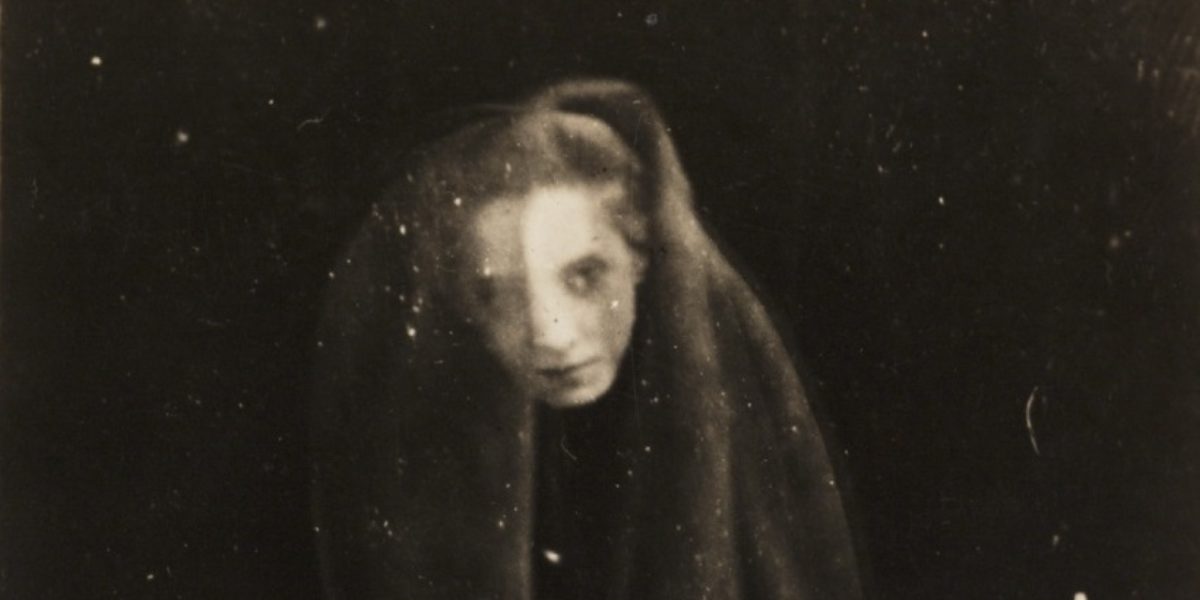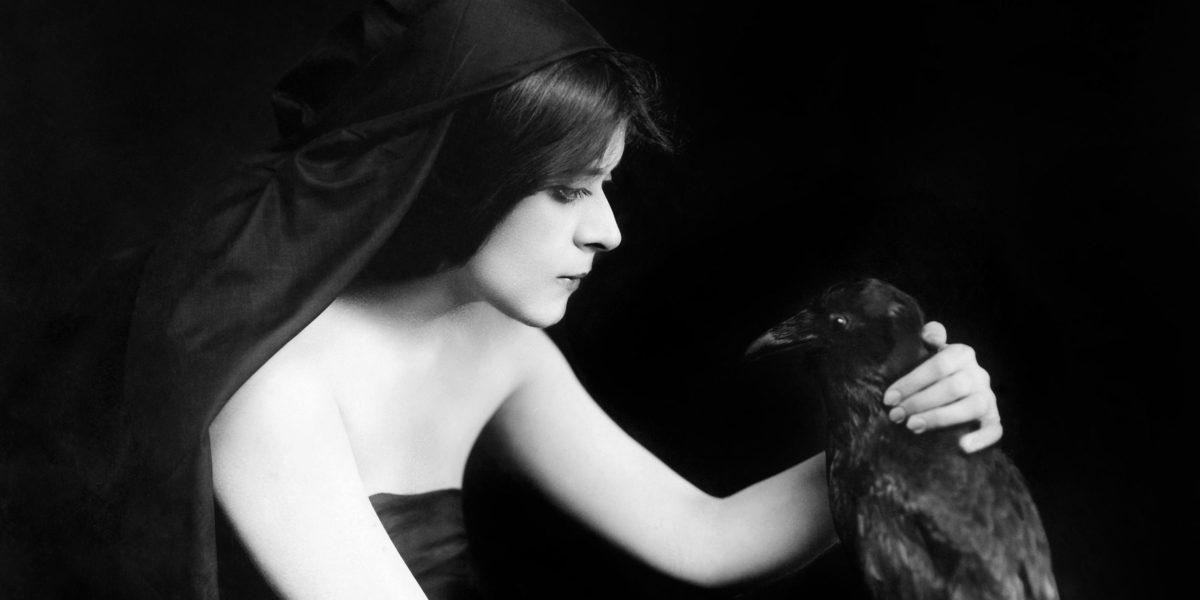The Gothic genre is fascinated by the wildness of nature and an ominously empty countryside. Vampires live in lonely castles in the mountains and haunted houses are abandoned villas, far removed from the world of civilisation. Many people in today’s world are city dwellers, however, and so the modern Gothic phenomenon also presents a distinctive image of the city.
“Cities are the abyss of the human species.” — Philosopher Jean-Jacques Rousseau, Émile, 1762
The interplay between the romantic Gothic and the dark Goth tradition is also evident in the way the city is visualized. When the Gothic Revival spread from Britain to the continent in the 19th century, Flemish cities like Ghent and Bruges rediscovered their medieval past. This went hand in hand with the rise of tourism: visitors were presented with a picturesque, fairy-tale city in which they could lose themselves to their heart’s content.
During this same period, the Neo-Gothic movement also grew in popularity in the southern provinces of the Netherlands, due in part to the recent emancipation of Catholicism. Den Bosch, for instance, was celebrated as a medieval jewel. The city’s historic Cathedral of St John was thoroughly restored and an exhibition of early ecclesiastical art was held in 1913 to celebrate the Gothic handicrafts.
“A quiet city is a contradiction in terms. It is a thing uncanny, spectral.” — Author and essayist Max Beerbohm, ‘Advertisements’, 1942
All the same, we can already identify a dark, menacing mood in certain 19th-century works of art depicting the city. Dark cityscapes of this kind took on a new and more intense charge in the early 20th century. The threatening, impersonal and all-consuming metropolis shaped the Gothic imagination of this uncertain period. In it we can identify a form of the Gothic that is oriented towards the future: fear of the future becomes entangled with the dread of the past.
